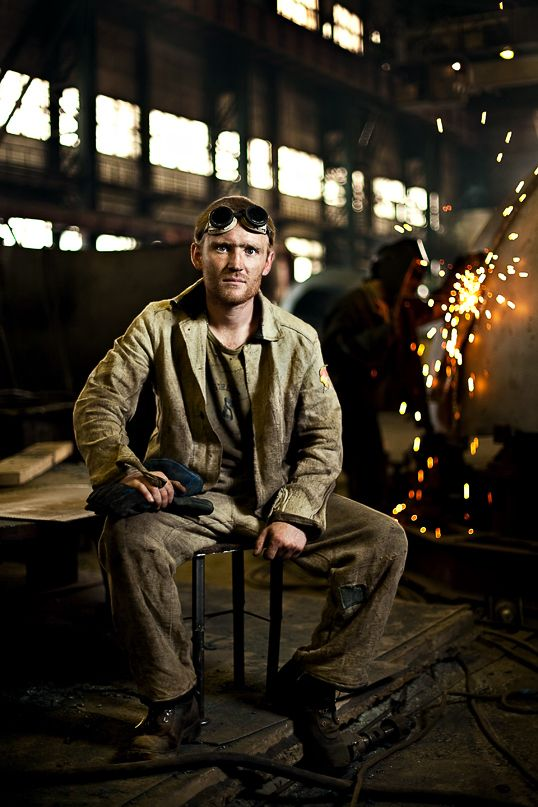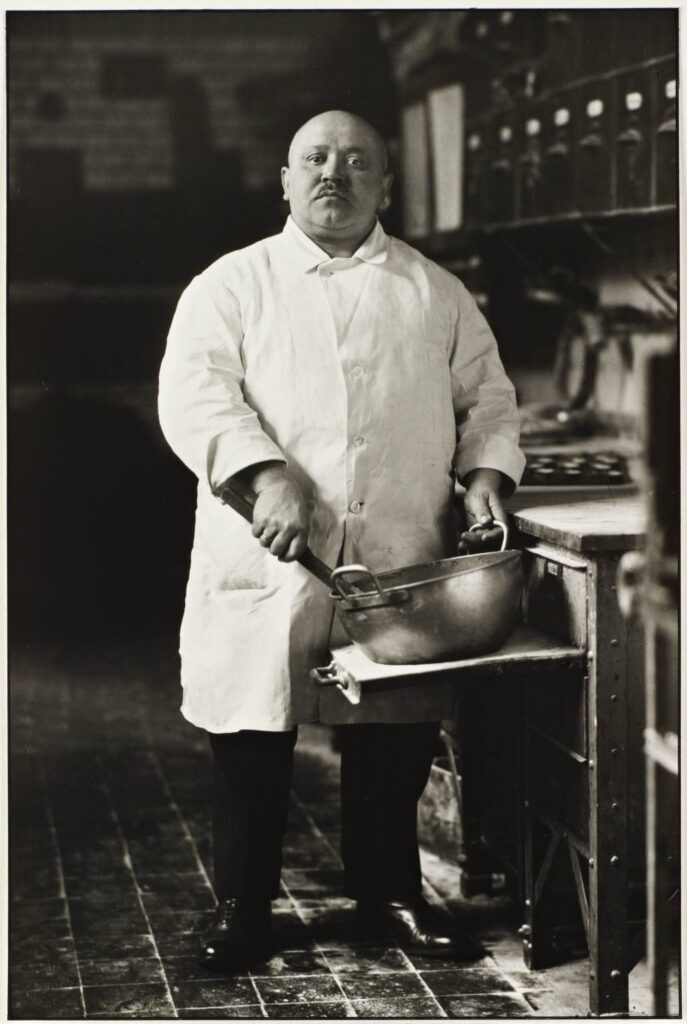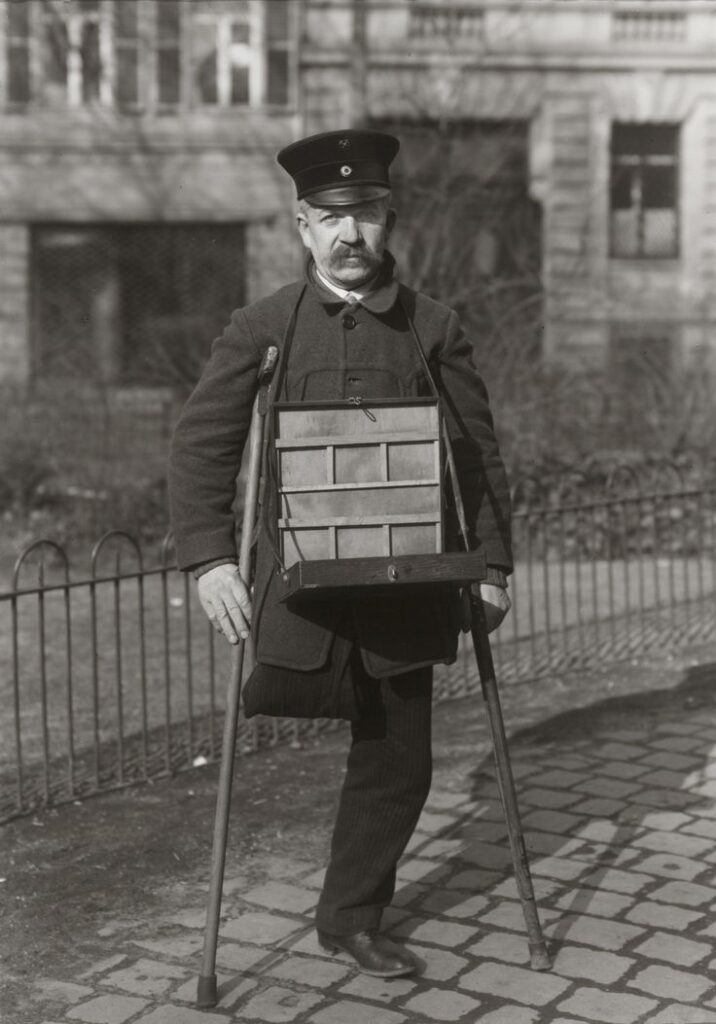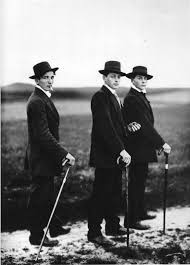“An environmental portrait is a portrait executed in the subject’s usual environment, such as in their home or workplace, and typically illuminates the subject’s life and surroundings”.












Throughout history, Environmental Portraiture has been an admired by artists and photographers. It is seen to be a form that addresses social and political issues relating to its natural or urban environment. The purpose of ‘Environmental’ portraiture is to illuminate the subject’s life and surroundings. The images are taken to instead appreciate a story or backstory to the person or the job/ activity they may be doing.
Key Features
- formal (posed) – This is when a person is sitting or standing in a fixed position in a particular way to convey something

- head-shot – only the head face and occasionally shoulders

- half body – Only half of the body is on show, usually down to the torso

- three quarter length – Only three quarters of the body is shown, usually up to knees / full length body shot

The angle of a photo can really influence the outlook . The impression of a photo can change depending on the angle that the person is is captured from, an example of this could’ve been from the side, diagonally above, or directly above. These angles are named high angle, low angle and canted angle.
- The colour of the photograph can also be either black and white or colour. The difference between these two can completely change the impression of the photos taken. For example, a black and white photo can infer a more emotional impression of the portrait and add imagination, drama and mystery. However, a black and white image could also do the opposite and infer a less emotional and possibly a more formal, aged impression. The different shadows and effects on a black and white image could be used to juxtapose each other within a composition for a more dramatic effect.
However, a coloured picture can be used to guide the person looking at it, where you want them look and brighter colours can be used to highlight a focal point, where duller coloured can show less important elements. Coloured images can also influence how they feel about what they see and have a better idea of the message the image is trying to convey.














